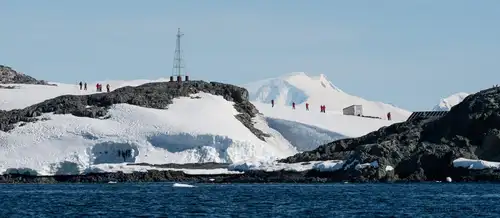Many travelers aspire to visit all seven continents, a goal that fits naturally with the concept of a "bucket list," a term popularized by the 2007 movie.
While for some, visiting all seven continents is more about ticking off a checklist than truly experiencing each one, the journey becomes far more enriching when Antarctica is included.
If you've already ventured to Antarctica, you understand the allure: exotic wildlife, thrilling activities, and breathtaking landscapes that seem otherworldly. For those who haven't, let's delve into the unique features that set the White Continent apart from the other six.
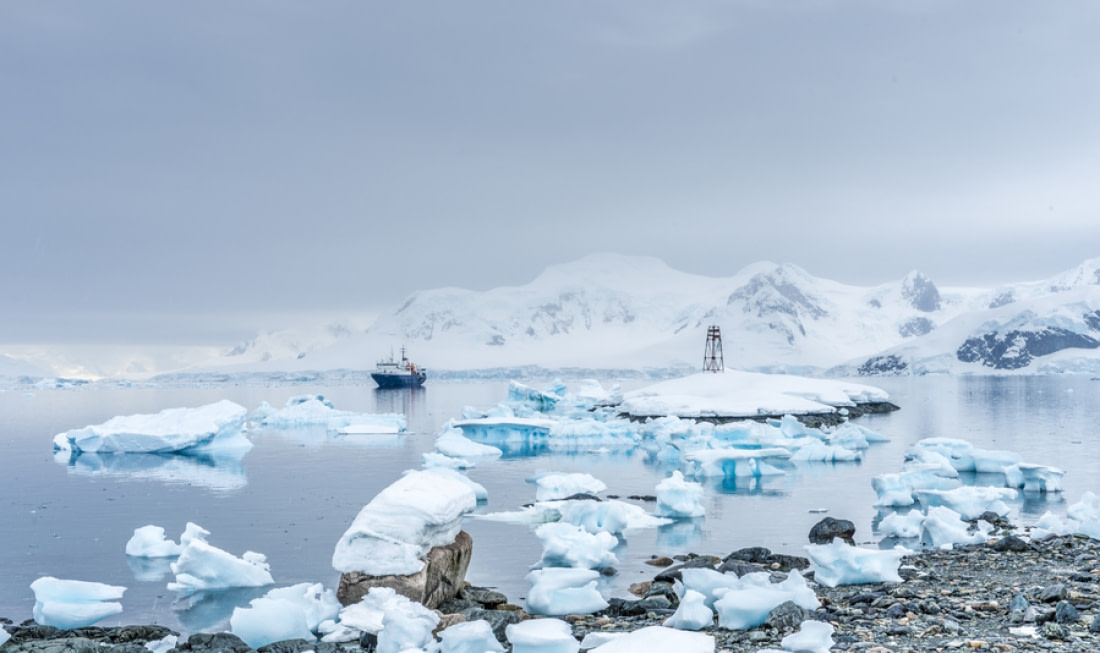
Bucket-list feature #1: Antarctic wildlife
We could simply say "penguins" and leave it at that. However, the wildlife that distinguishes Antarctica extends far beyond these charming birds.
Take whales, for example: Antarctic cruises offer sightings of various cetaceans, including humpback whales, fins, minkes, orcas (killer whales), and seis. Each species is a bucket-list item in its own right. If you're aiming to visit all seven continents, don't miss these Antarctic inhabitants.
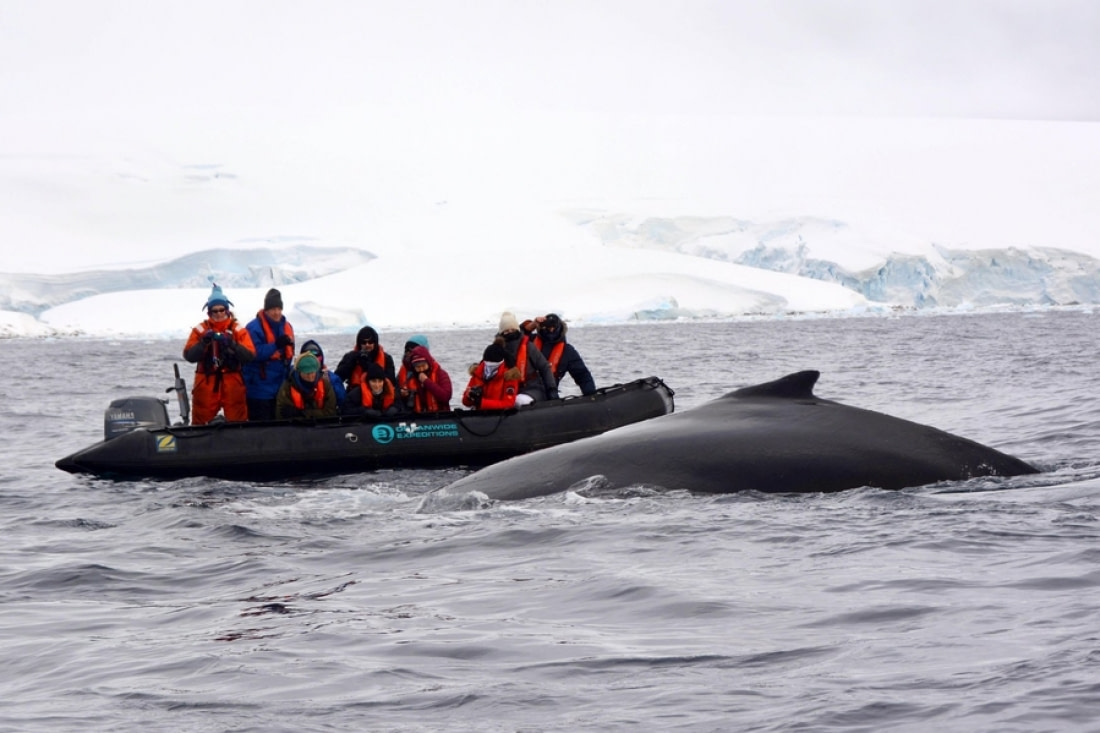
Then there are the six seal species that call Antarctica home. Commonly seen are fur seals, southern elephant seals, and crabeater seals, but you might also encounter Ross seals, Weddell seals, and the elusive leopard seals, depending on your cruise. No seven-continent journey is complete without witnessing at least one of these remarkable animals.
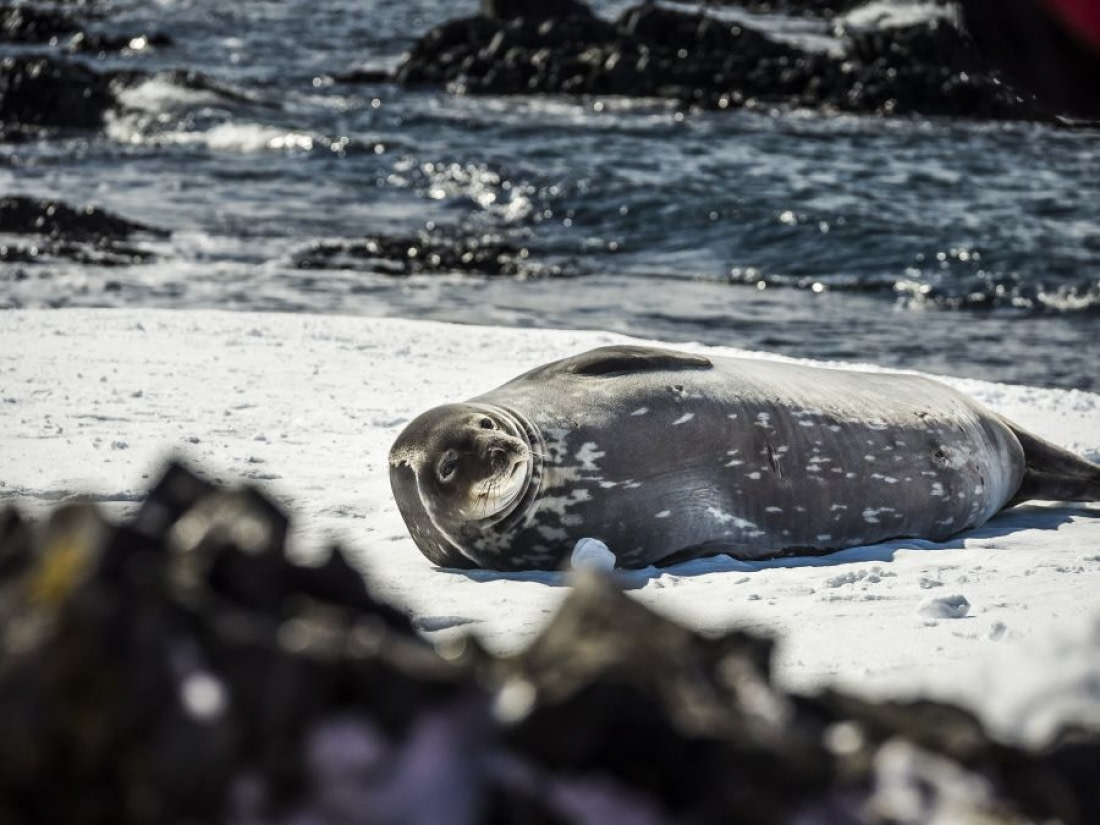
Returning to seabirds, four main penguin species inhabit the Antarctic Continent: emperor penguins, Adélies, gentoos, and chinstrap penguins. The other seabirds are too numerous to list but include various species of petrel, skua, and albatross.
For a more detailed list of these birds, check out our Birds of the South article, essential reading for any bird enthusiast planning to visit all seven continents.
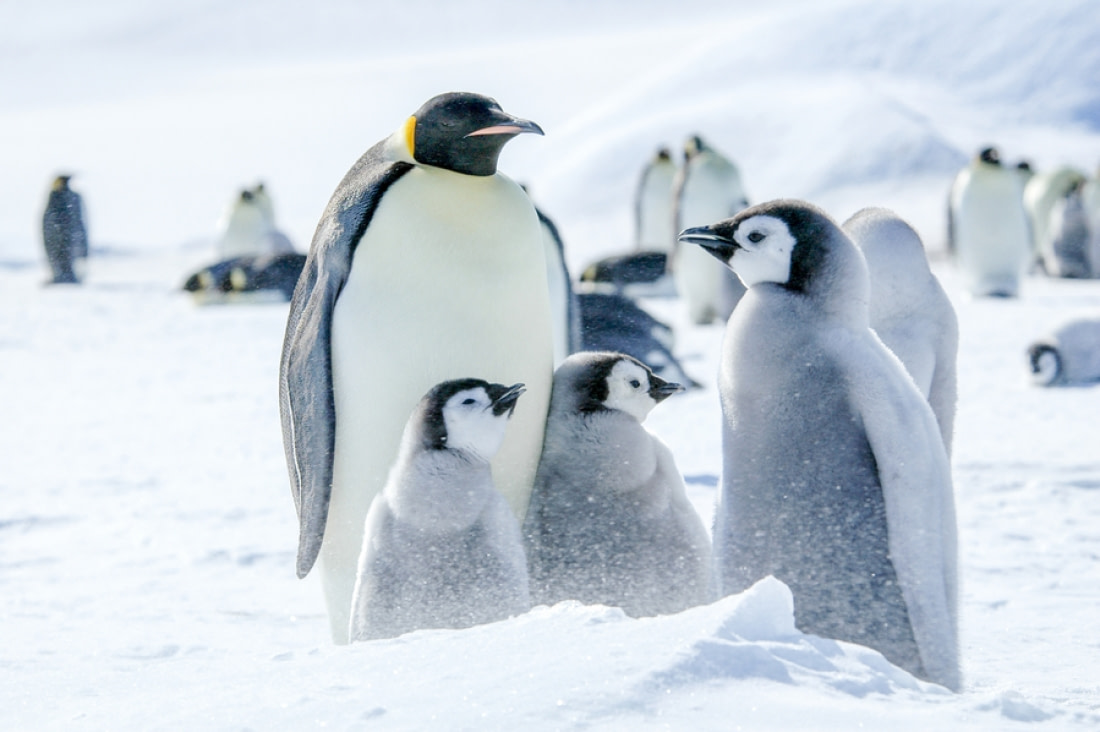
Bucket-list feature #2: Antarctic activities
While many bucket-list activities are available elsewhere, doing them in Antarctica adds a unique thrill.
Activities like kayaking, snowshoeing, mountaineering, and camping are fantastic in places like the Alps, Andes, and the Pacific Northwest. However, experiencing these in Antarctica elevates the adventure. If you're planning to visit all seven continents, we assume adventure is part of your goal.
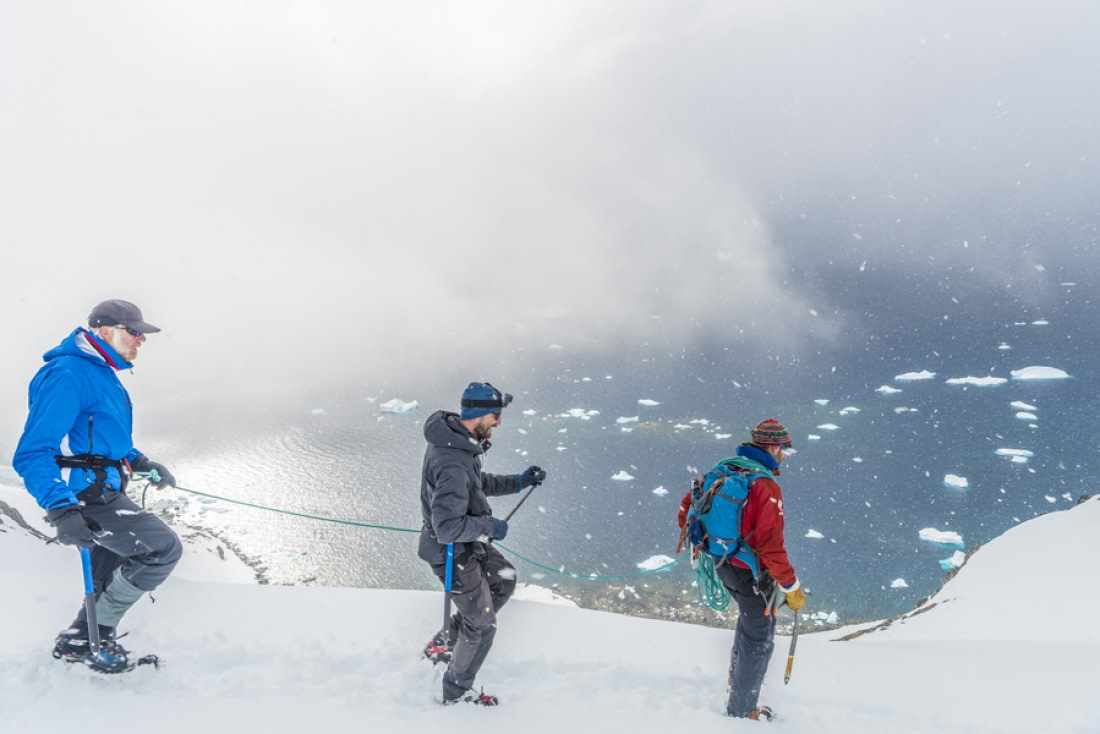
Take camping, for instance. Pitching a tent in the woods outside Jasper, Alberta, is incredible, but how much more adventurous is digging a snow dugout in Antarctica and bivouac camping near a penguin colony?
And what about scuba diving under the icebergs near Deception Island?
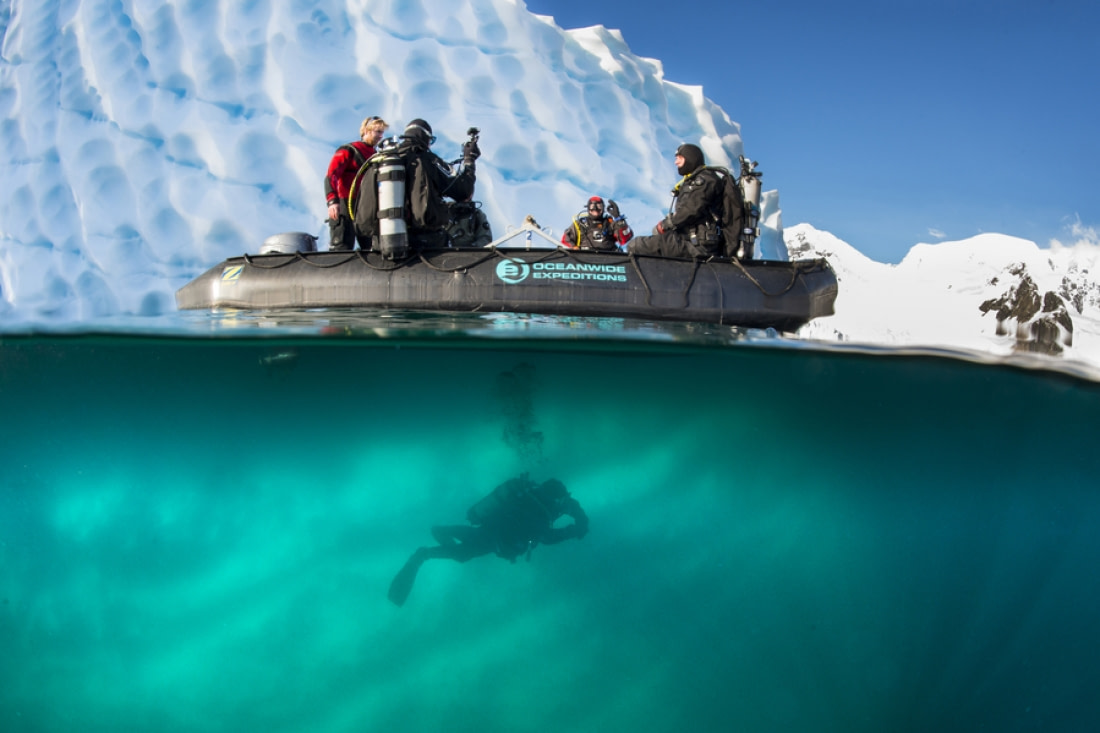
Or snowshoeing along the shores of the Antarctic Peninsula, taking a helicopter flight above the Weddell Sea, or kayaking around ice-studded bays? These activities are made even more extraordinary by Antarctica's surreal environment, leading us to our final bucket-list topic...
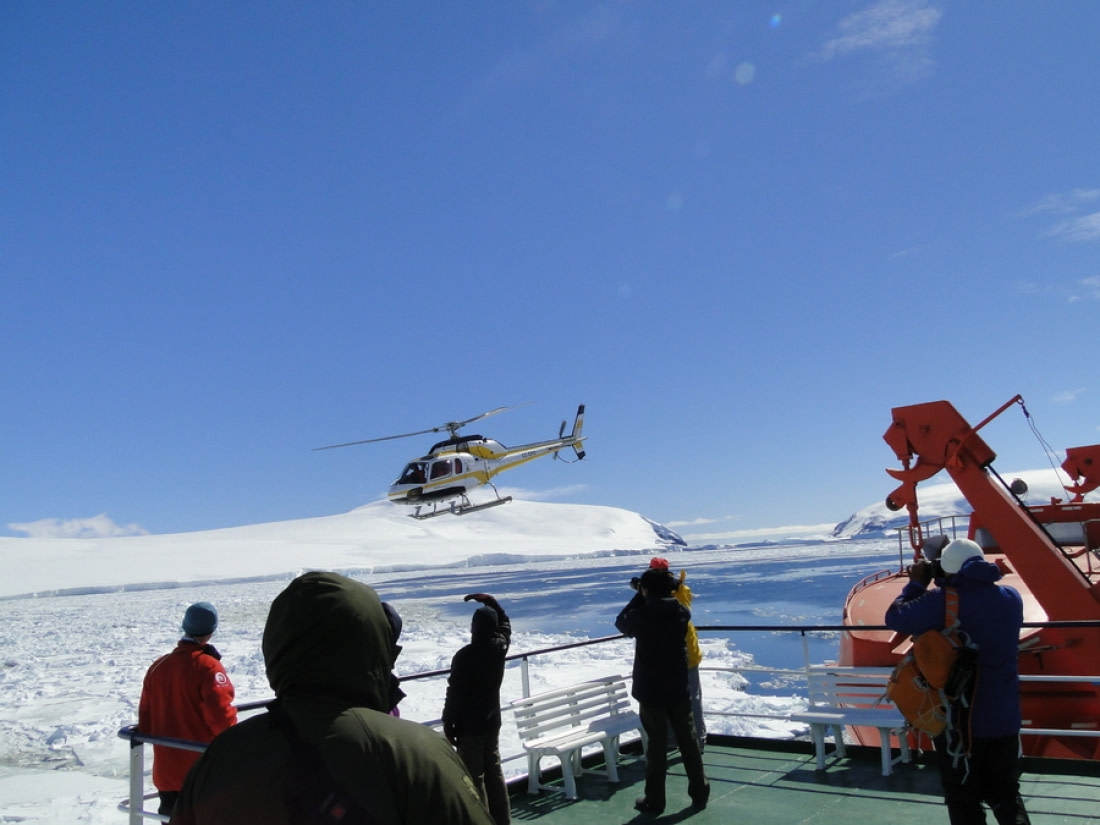
Bucket-list feature #3: Antarctica itself
The best reason to visit Antarctica is simply Antarctica.
Even if visiting Antarctica is part of your plan to see all seven continents, the White Continent defies such numerical goals.
Numbers don't really matter. Being too focused on a bucket list, bragging rights, or social media photos can detract from the true reason to visit Antarctica: the feeling you get when you're there.
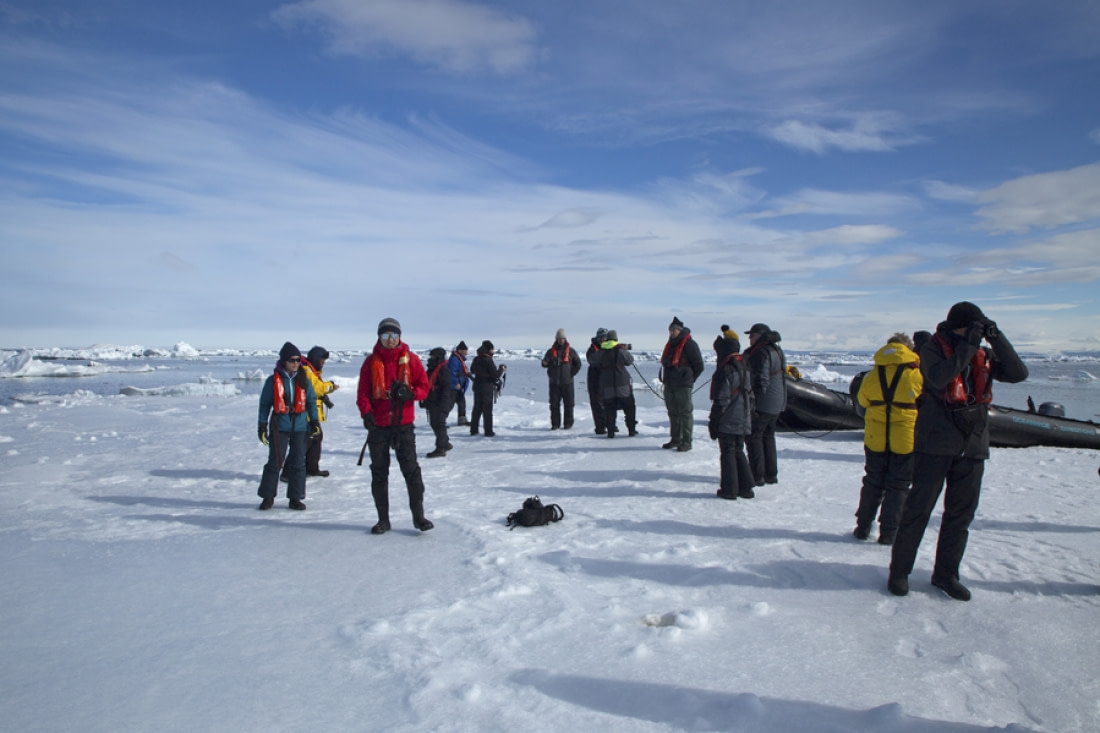
What you feel will likely be awe, regardless of where Antarctica falls in your seven-continent journey. However, everyone is different. Not all travelers are equally moved by Antarctica, and weather and wildlife conditions can vary.
Even in the worst-case scenario, it's hard to diminish the experience of cruising through a berg-filled Antarctic bay or walking along snowy, mountainous coastlines that seem like another planet or an earlier version of this one.
Don't just take our word for it. Embark on an Antarctic voyage yourself, whether as part of your seven-continent plan or simply to see it. We believe you'll return as amazed as we are every time we go.
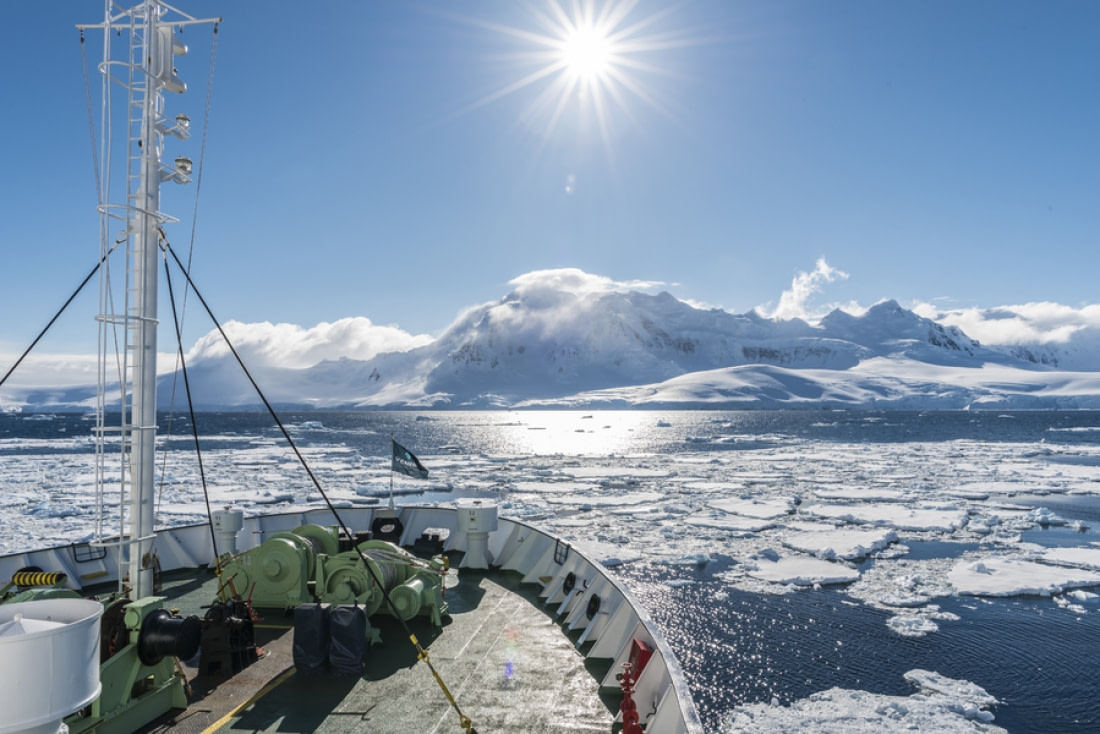

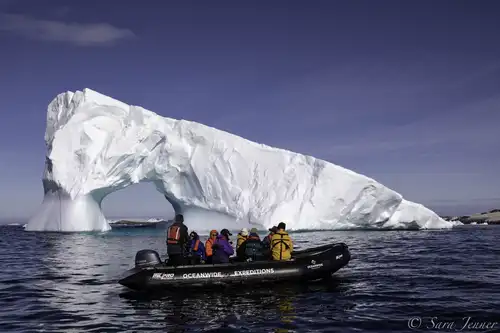


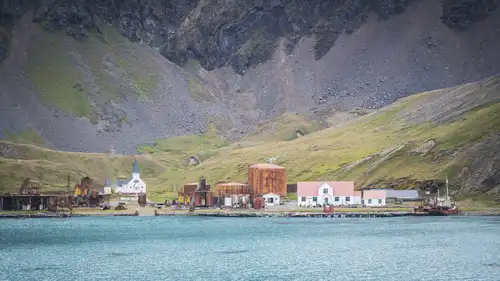
Related Trips
Blog


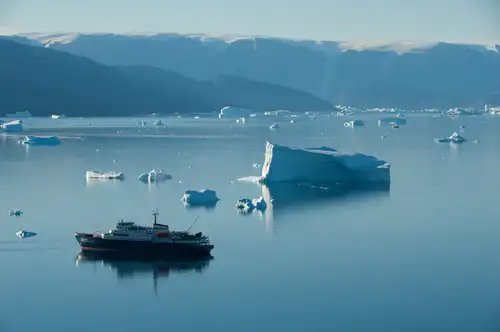
10 Common Misconceptions About the Arctic
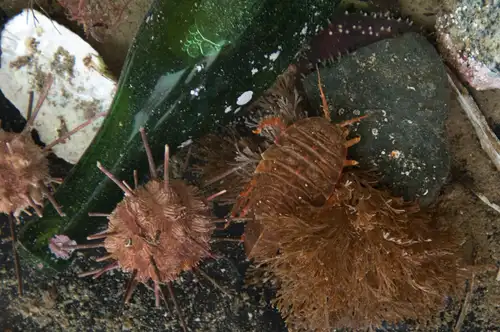
Deep Sea Dwellers: 10 Facts about The Antarctic Giant Isopod
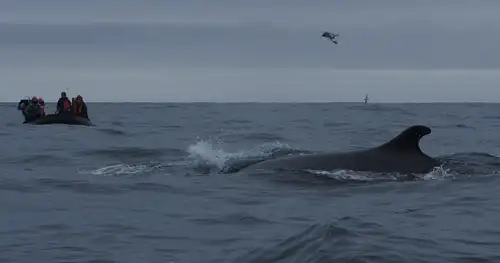
Of Treacherous Rocks & Audacious Fin Whales
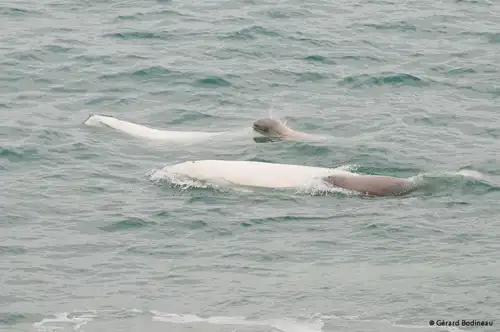
The Mysteries of the Beluga Whale
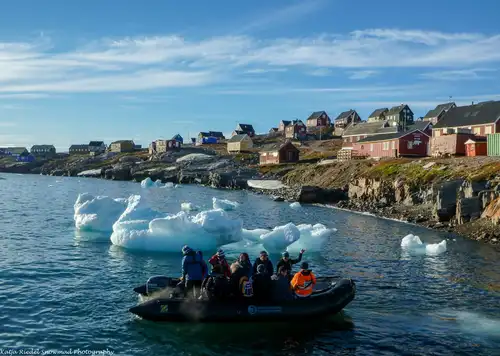
Scoresby Sund: the Greatest Greenland Adventure
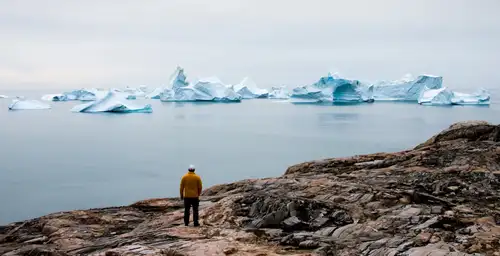
Tracking Greenland’s Wildlife from Space

9 Facts about the Greenland Shark
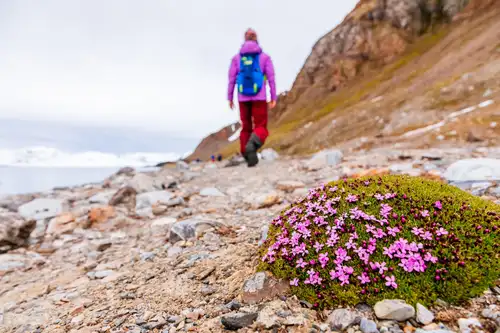
Seizing the Season: Spitsbergen’s Late Spring, Early Summer
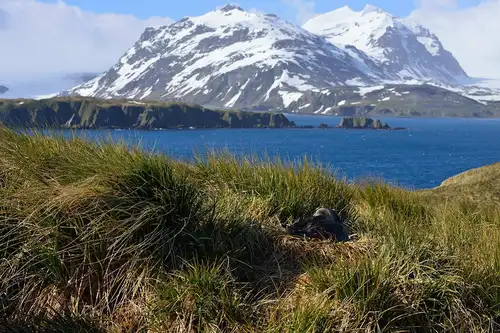
Flowers in Antarctica
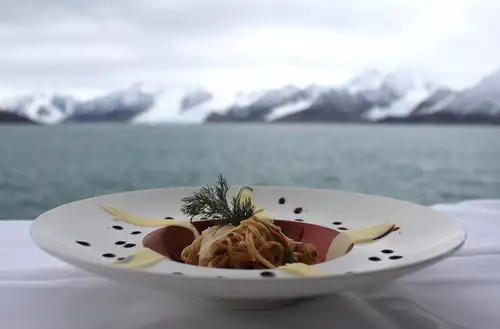
Polar Cuisine in Pictures
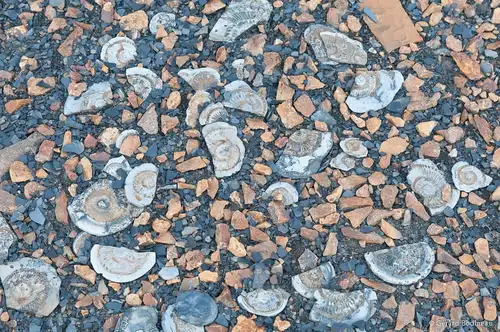
Svalbard a Disneyland for geologists
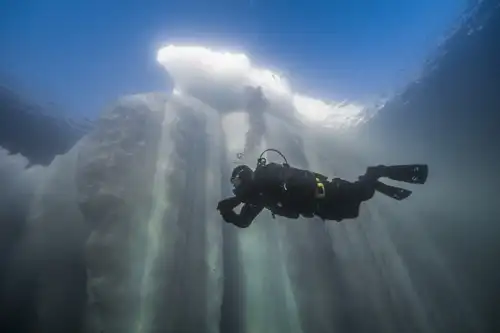
Why a Polar Diving Cruise Should be Your Next Great Decision
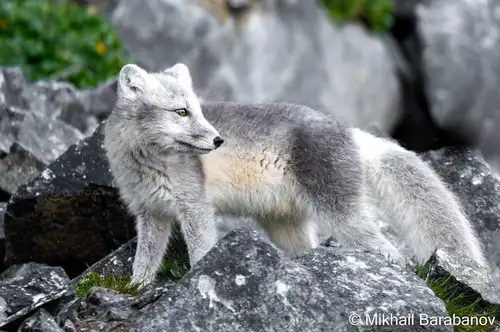
The Small Mammals of the Arctic and Antarctica
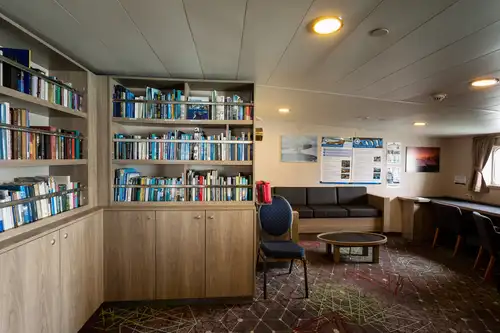
Book Recommendations for Your Polar Cruise
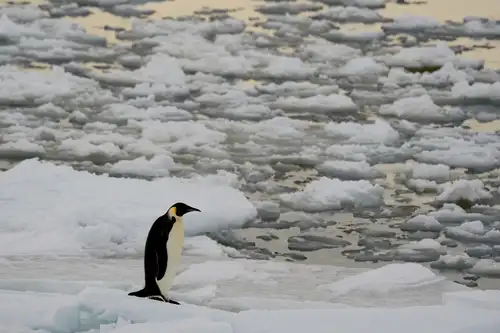
The Ways and Wildlife of the Weddell Sea
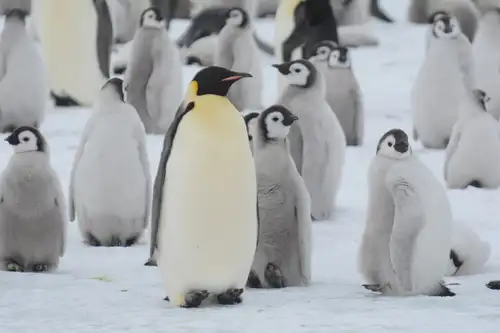
12 Tips to Help Keep Birds Safe During an Antarctic Cruise
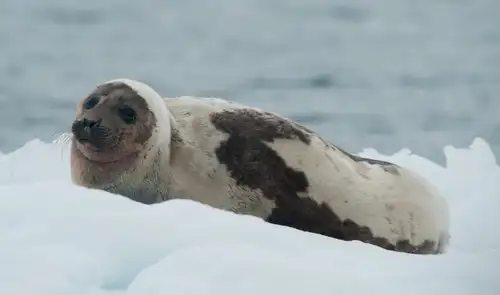
Harp seals harping on in Greenland
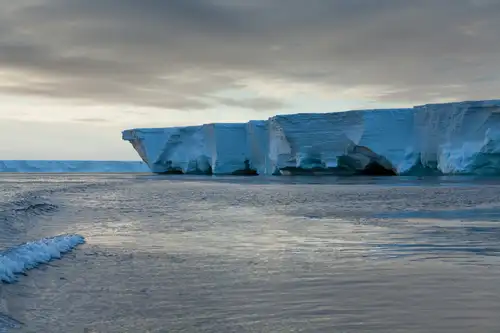
Science of the Ross Ice Shelf
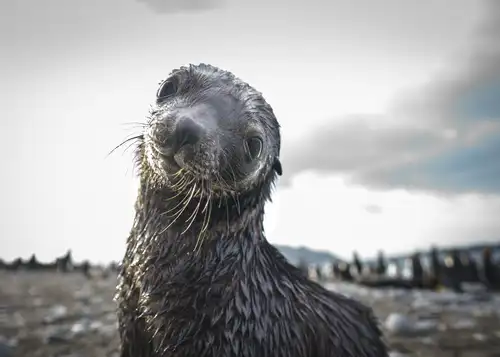
The secrets of Antarctic seals revealed
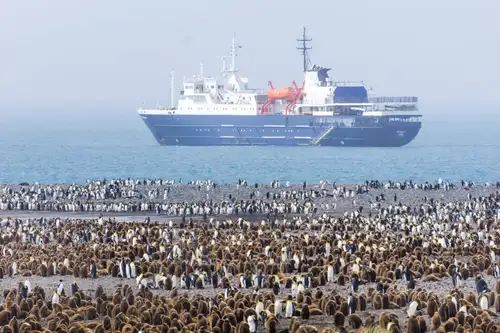



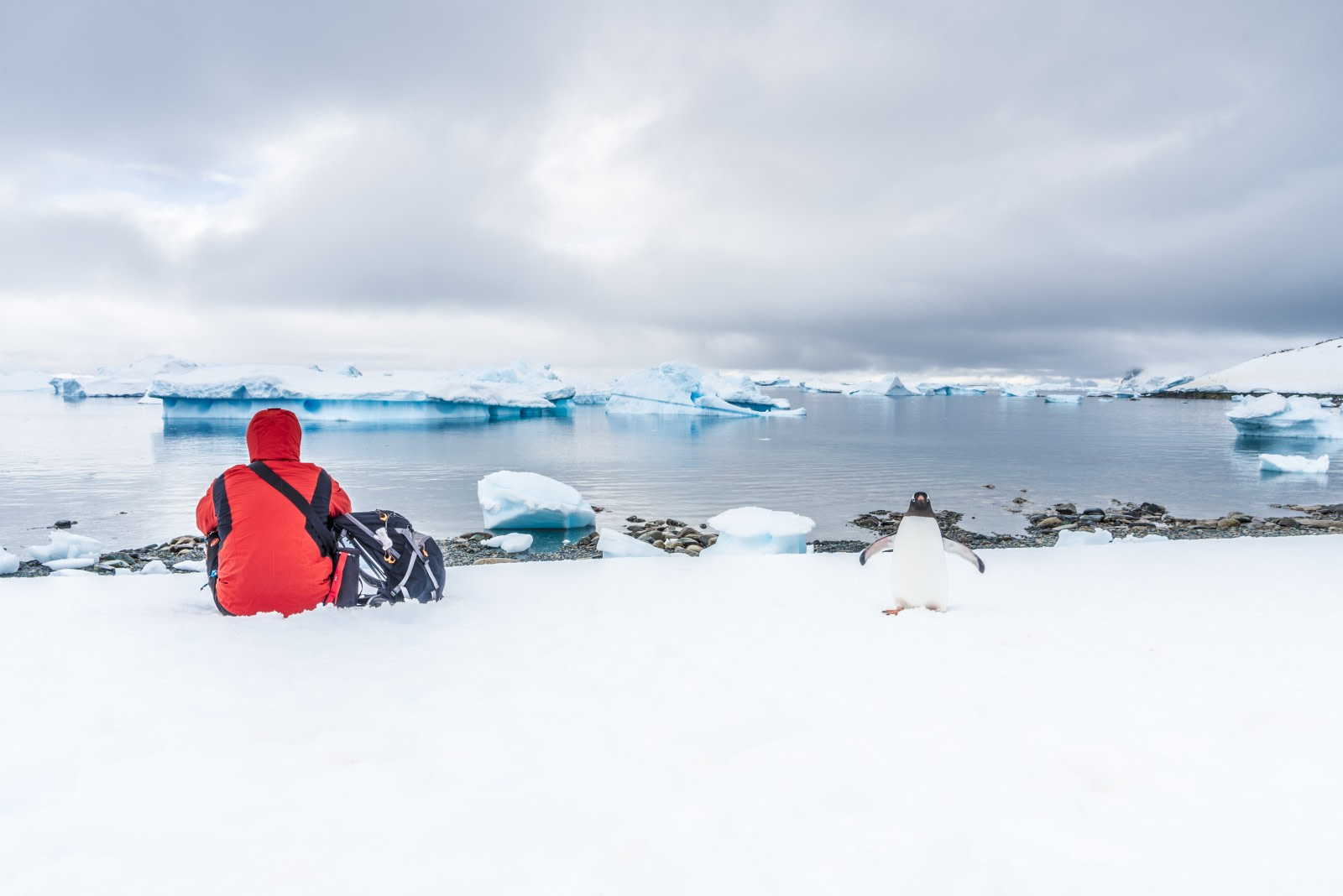

 23 Days / 22 Nights
23 Days / 22 Nights
